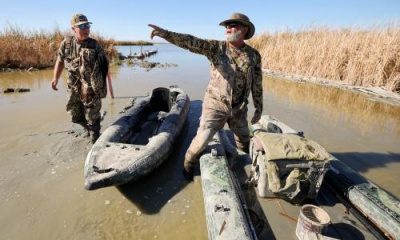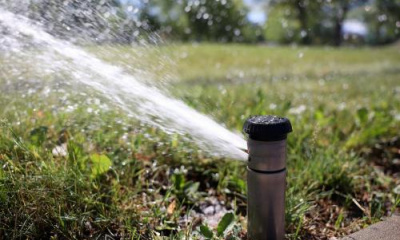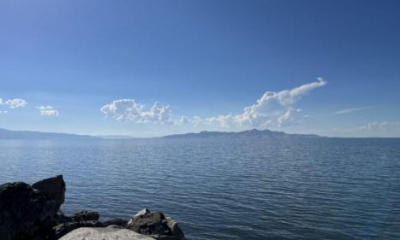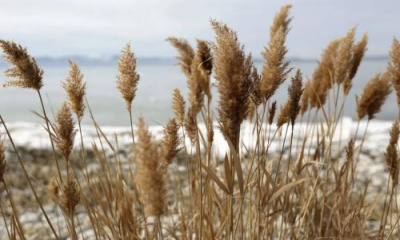Golf course “water budgets.” Pool size limits. A complete ban on grass landscaping. Full-time water wasting investigators. The Southern Nevada Water Authority is hard core in its water-conservation measures compared to Utah.
But to be fair, the comparison isn’t really apples to apples.
“Southern Nevada Water Authority is a water conservation leader. We appreciate the path they have charted and look to their advice and collaboration as we implement more aggressive conservation measures in the state of Utah,” said Kim Wells, communications director for the Utah Department of Natural Resources.
But, Wells notes, it’s difficult to compare the conservation measures of a comparatively compact regional water authority like SNWA, against that of a state with 470 separate water agencies scattered in several unique climates within a state that’s more than 600 times the size of Las Vegas.
Also, Utah has one thing over Nevada and the rest of the U.S. The Utah Legislature this year OK’d the first statewide grass removal rebate program in the country and funded it with $5 million.
Plus, Utah water suppliers, which used to rely entirely on voluntary reductions in water use, are increasingly implementing mandatory water conservation measures, turning off water completely for repeat violators and working with local governments to limit grass in new development.
The water districts may not be completely banning grass like SNWA — they actually don’t have the statutory authority that SNWA does — but limiting grass to a water efficiency standard of no more than 35 percent of landscaping is gaining a toehold in Utah.
“Historically there hasn’t been a lot of interest for new-development mandates,” said Jonathan Parry, assistant general manager for the Weber Basin Water Conservancy District.
But of the district’s approximately 45 municipalities within its service area, 17 so far have adopted some form of limits on using grass in landscaping for new construction. “Some are more aggressive than others but all have at a minimum moved the bar on turf utilization,” Parry said.
Jordan Valley Water Conservancy District is also seeing success in working with its municipalities to impose limits on grass for new developments. “High-growth areas such as Herriman, Bluffdale, South Jordan, West Jordan, Kearns and to a lesser extent West Valley City have all adopted water efficiency standards that will be applied to new construction,” said Cynthia Bee, Jordan Valley’s outreach coordinator.
Wells also notes some things to remember about Utah’s conservation efforts:
- Utahns reduced water use by 20 percent with mostly voluntary actions.
- Under its statewide rebate of up to $100 for replacing an old toilet with a WaterSense-labeled one, nearly 3,000 toilet rebates have been processed since the program began in 2019.
- Under its statewide rebate of up to $75 for a WaterSense-labeled smart watering controller — which reduces water waste by automatically adjusting watering amounts based on weather and landscape conditions — 23,640 rebates have been processed since 2018.
What's your response to Solutions found for GSL in Sin City?
Does this reporting project make you feel hopeful? Concerned? Inspired? Surprised?
Selected responses will be used on social media, on our website or in our newsletter.








